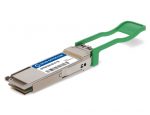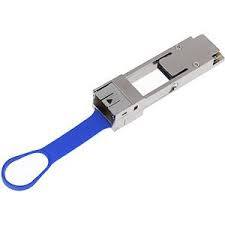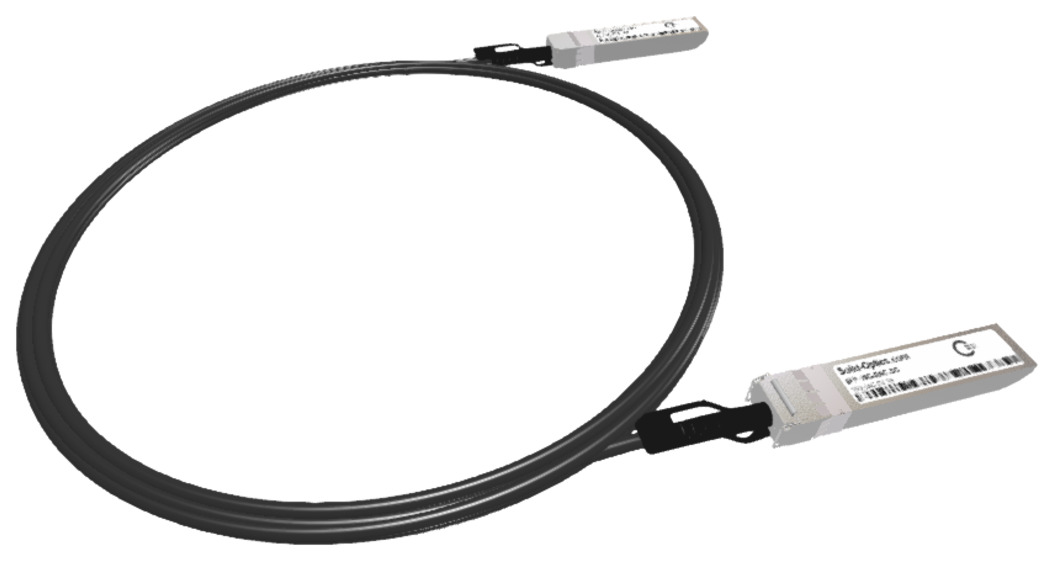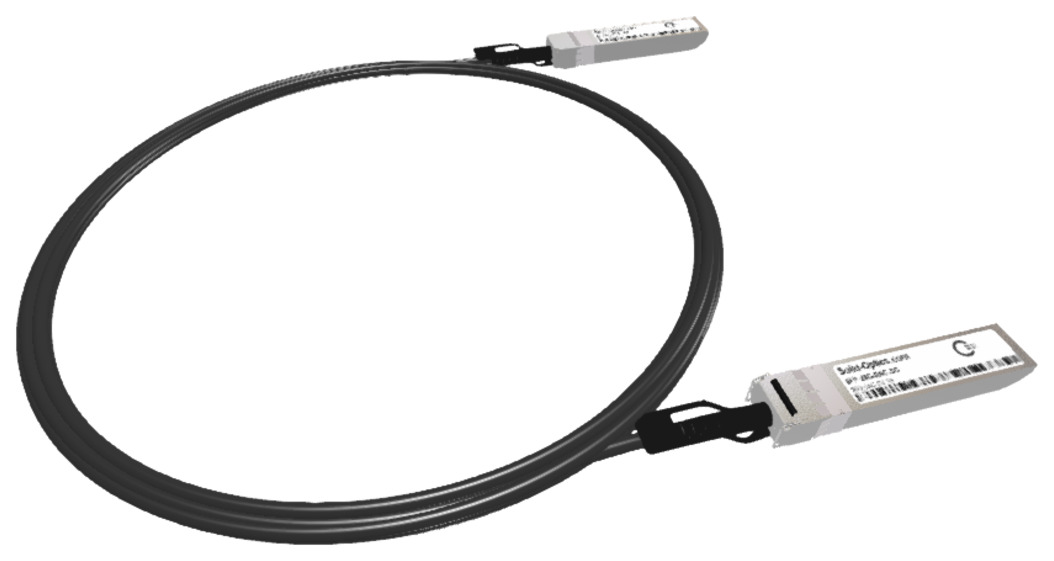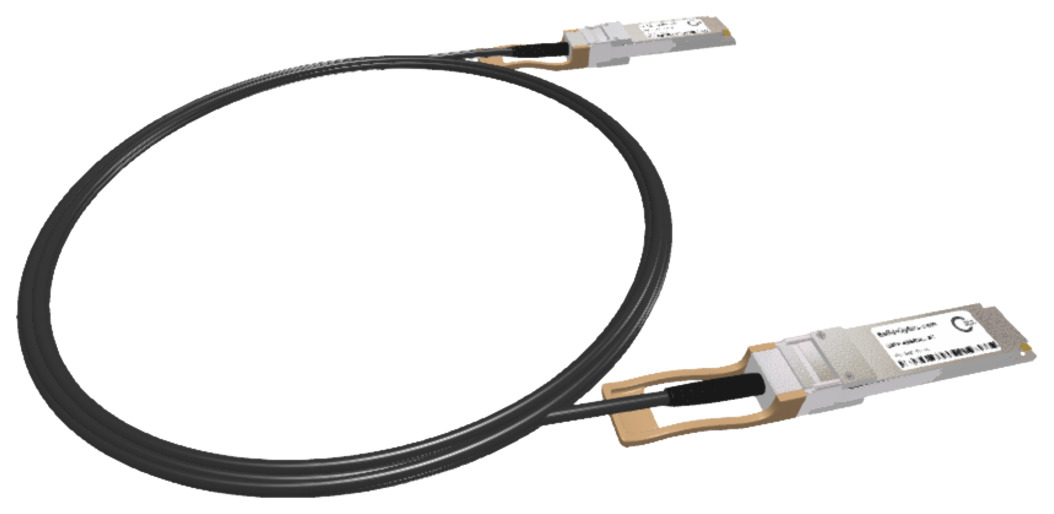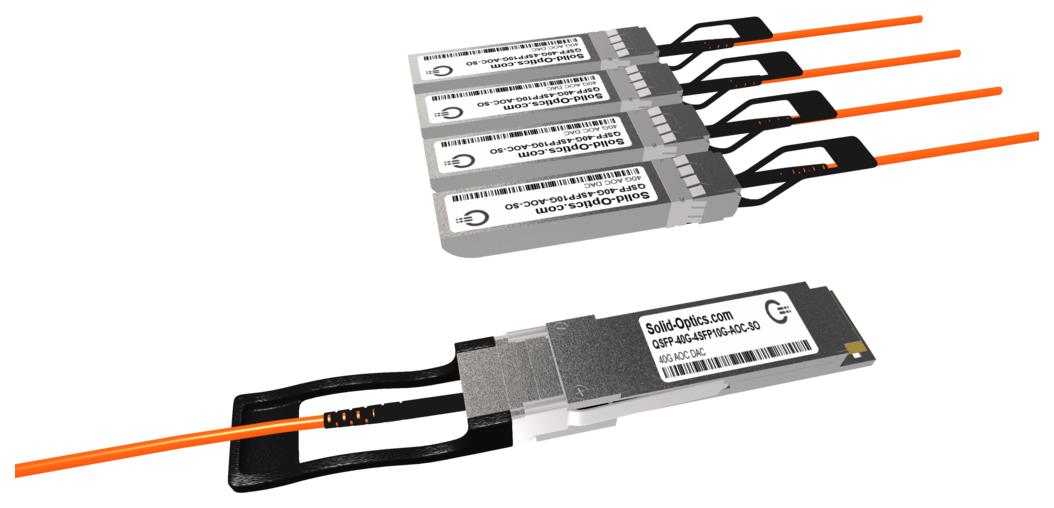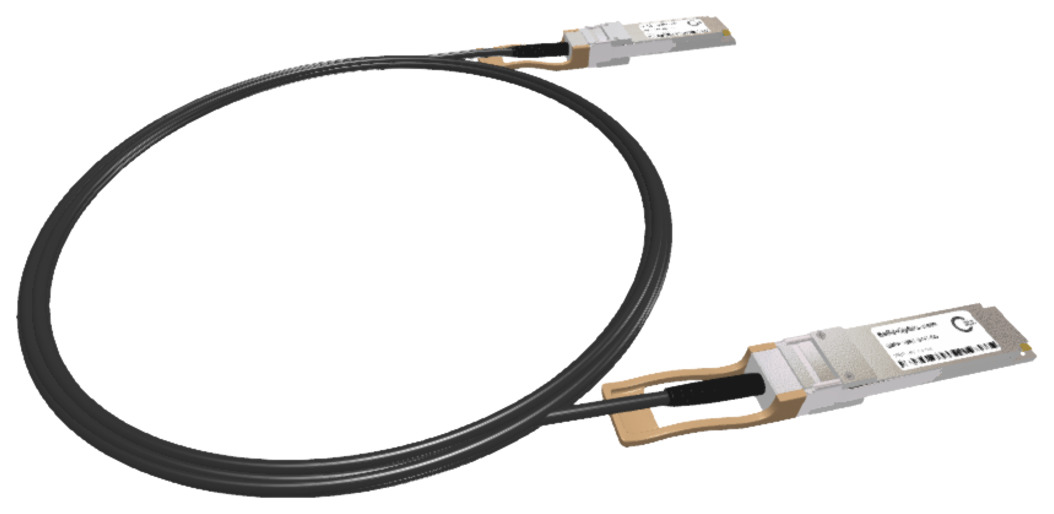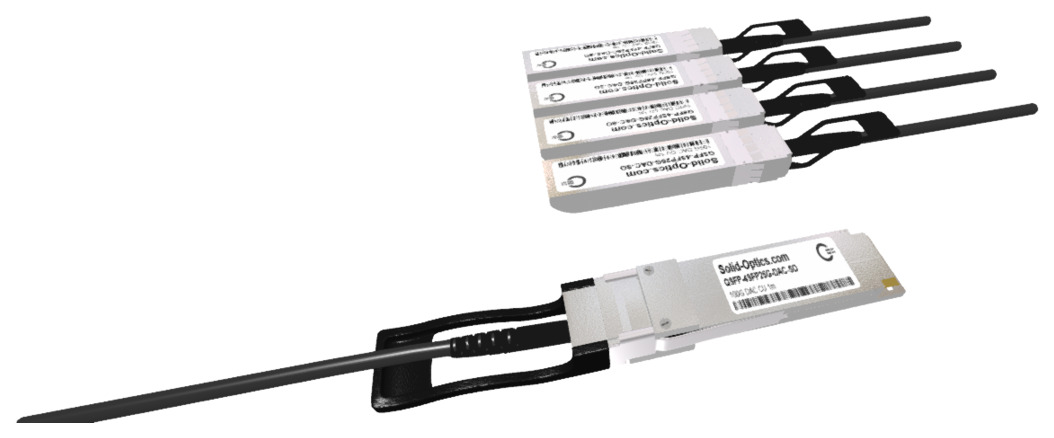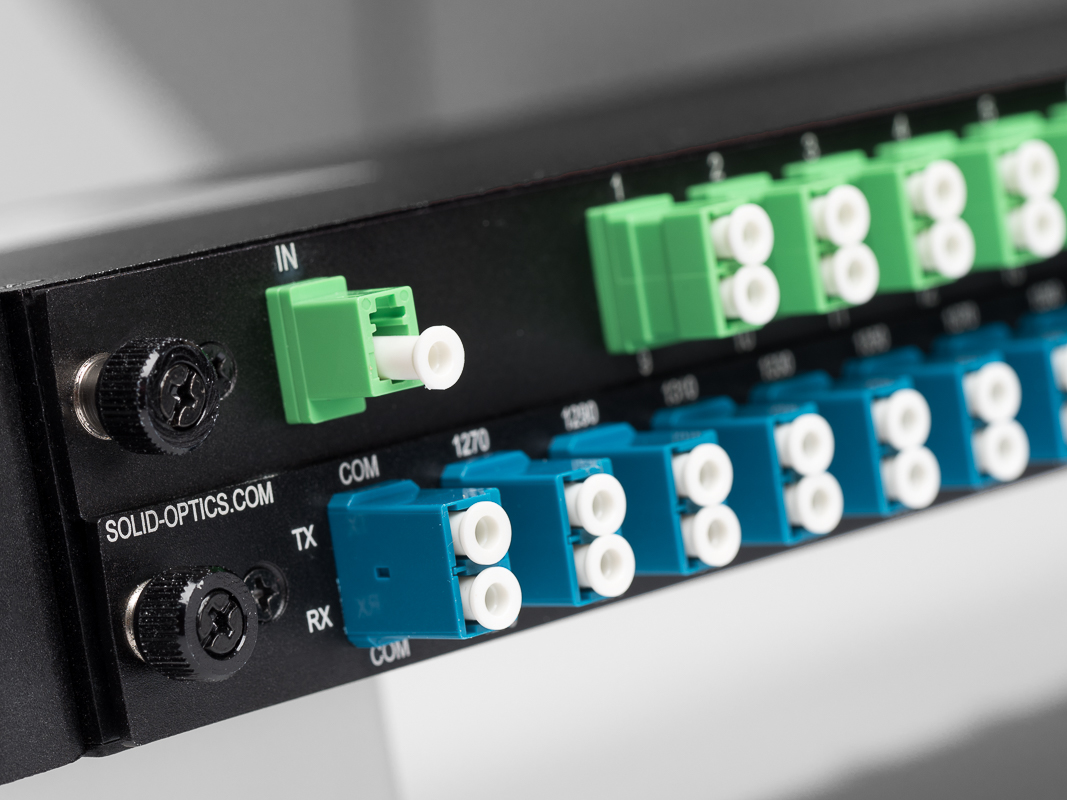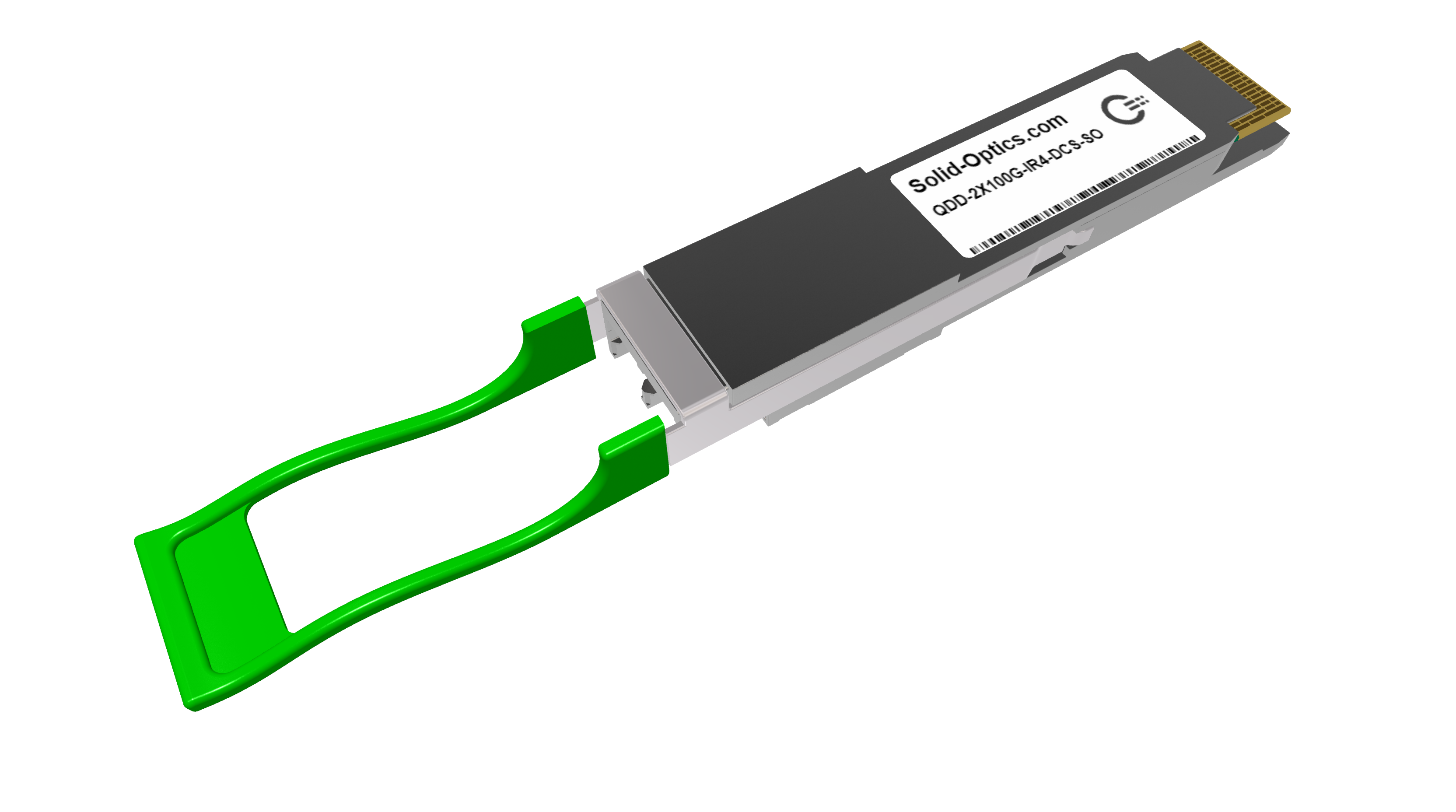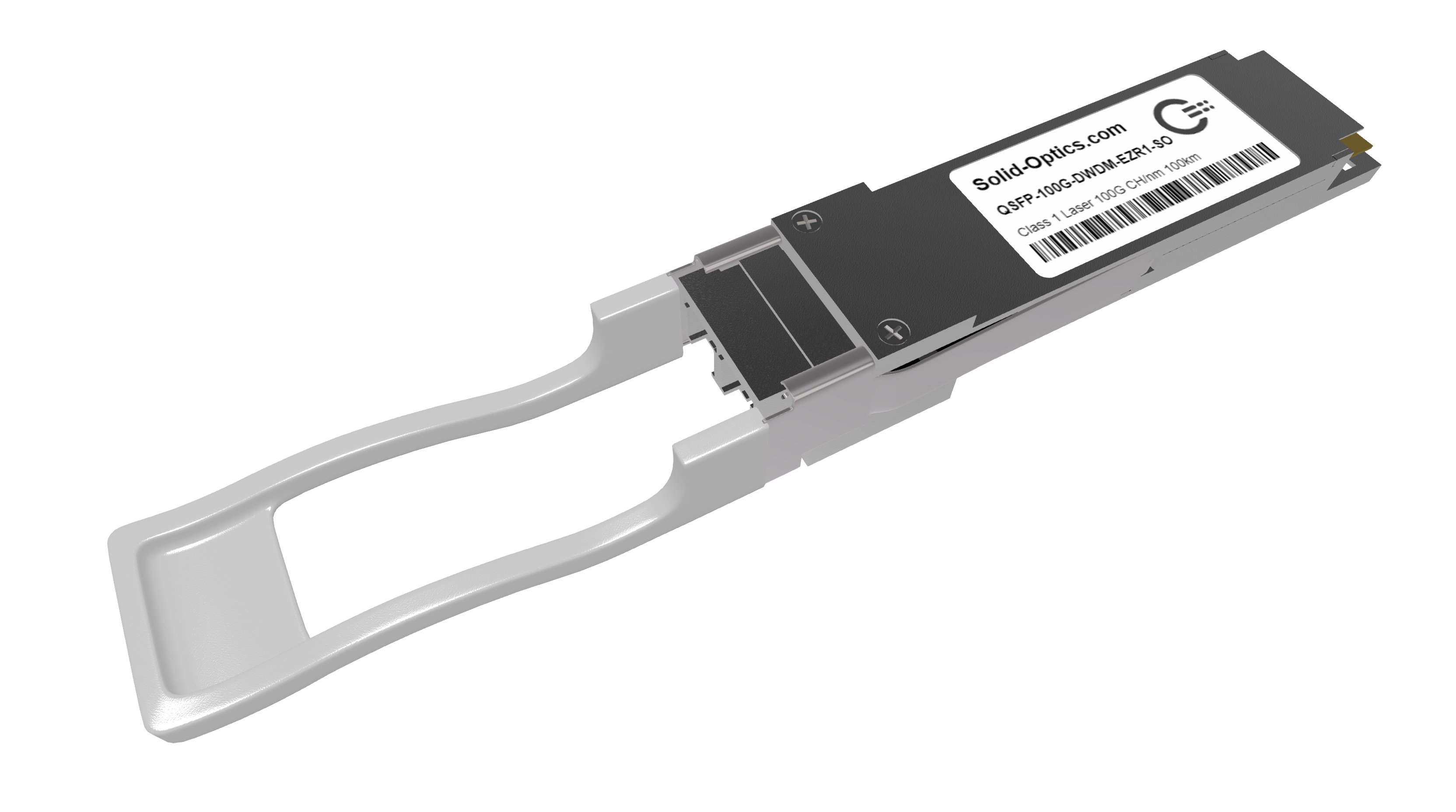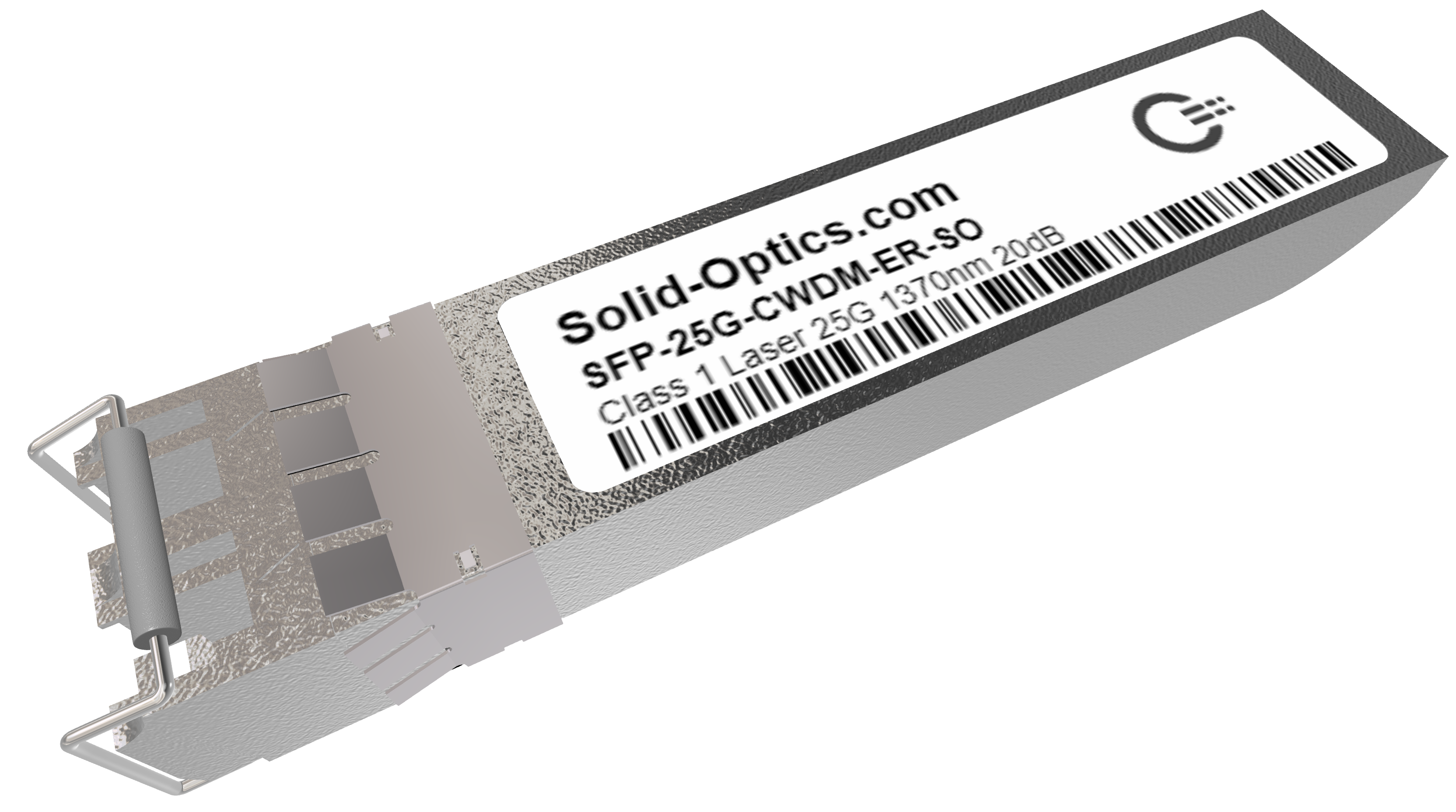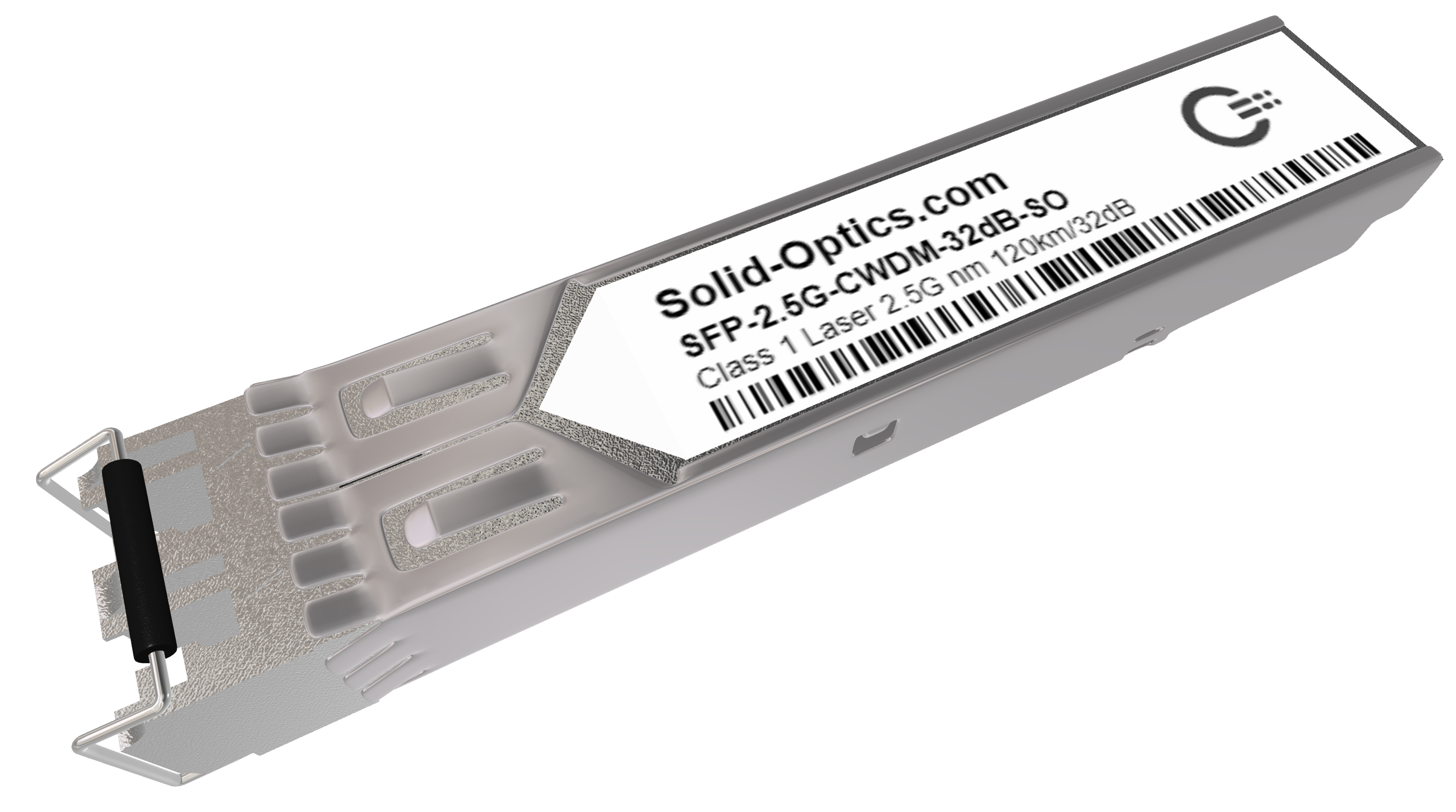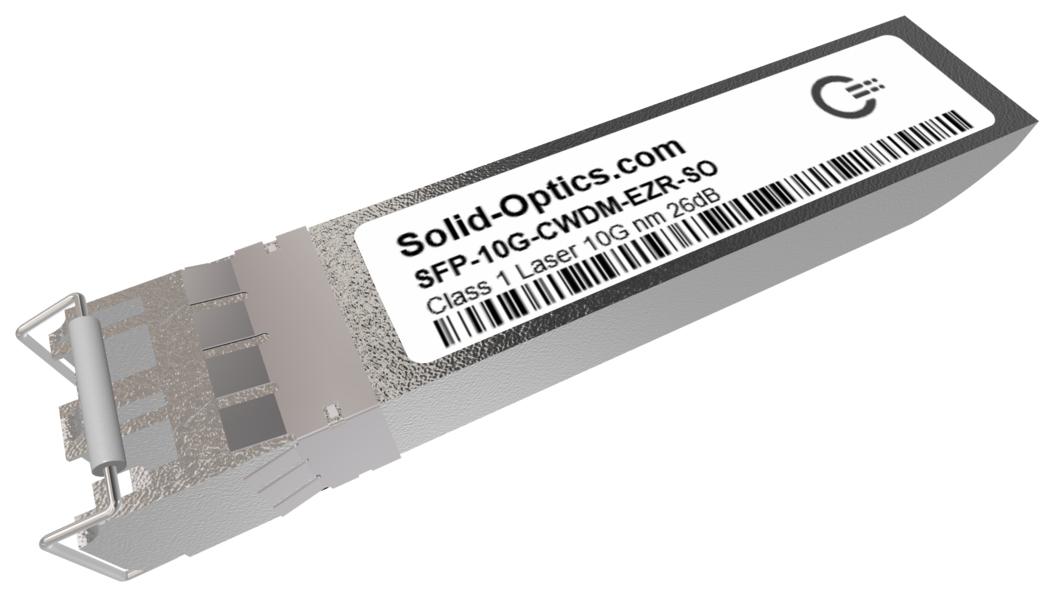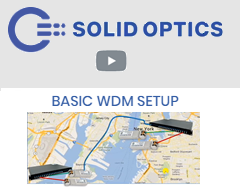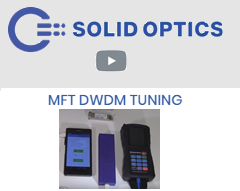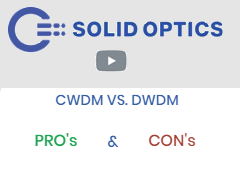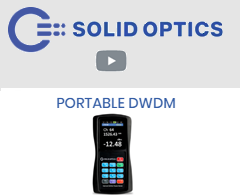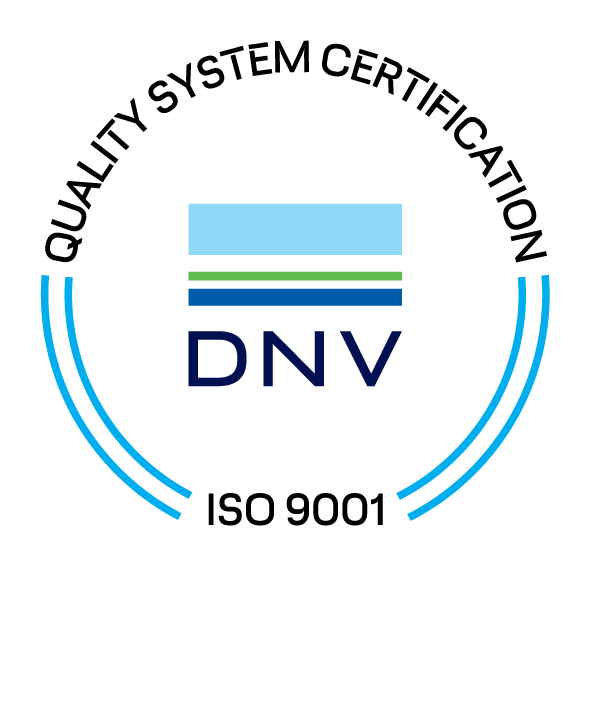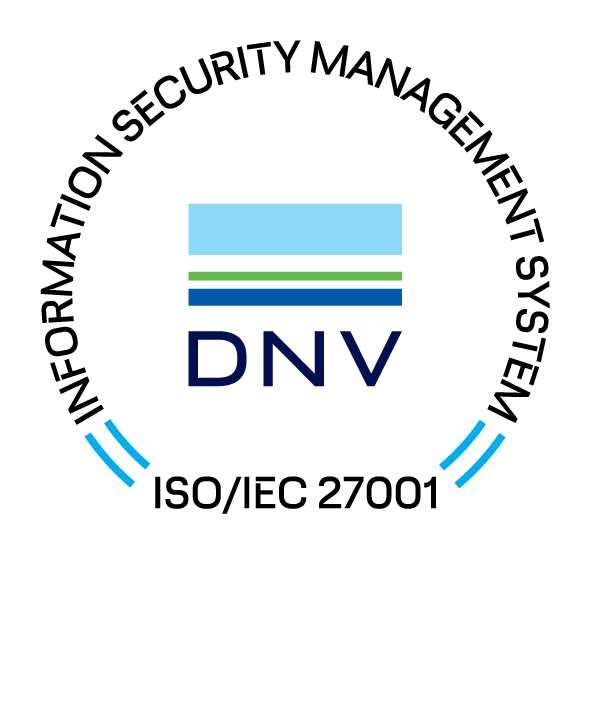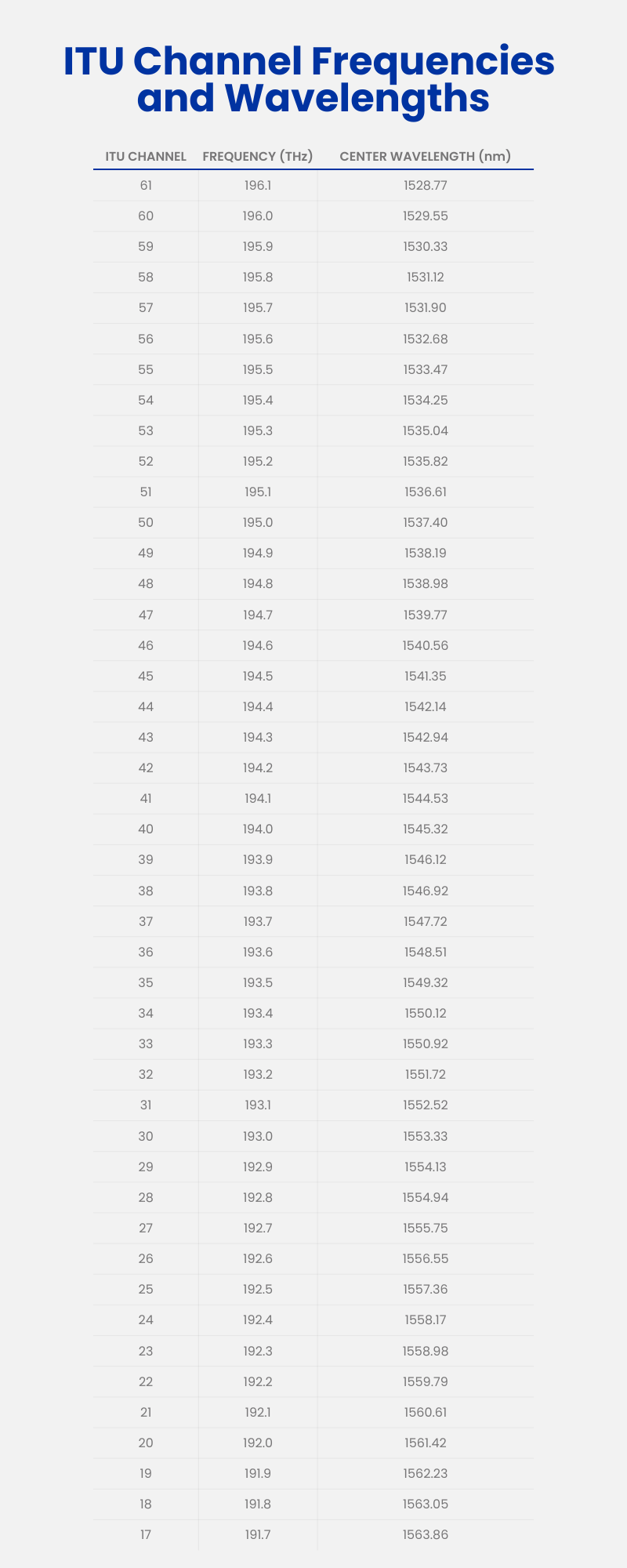- Products
- Transceivers
- SFP 100mbit
- SFP 1G
- SFP 2.5G
- SFP+ 10G
- SFP28 25G
- XFP 10G
- QSFP+ 40G
- QSFP28 100G
- CFP / CFP 2
- QSFP56 200G
- QSFPDD 400G
- OSFP 400G
- Fibre Channel
- Pluggable Amplifiers
![SFP-EDFA-BA-15-SO]() SFP+ EDFA
SFP+ EDFA![QSFP-DD Dual Pluggable EDFA]() QSFP-DD
QSFP-DD![QSFP28 Pluggable EDFA]() QSFP28 Pluggable EDFA
QSFP28 Pluggable EDFA
- Converters
- DAC/AOC Cables
- SFP+ 10G
![SFP-10G-DAC-SO]() DAC/AOC
DAC/AOC
- SFP28 25G
![SFP-25G-DAC-SO]() DAC/AOC
DAC/AOC
- QSFP+ 40G
![QSFP-40G-DAC-SO]() DAC/AOC
DAC/AOC![GRP_QSFP-40G-4SFP10G-AOC-SO_3D]() DAC/AOC Breakout
DAC/AOC Breakout
- QSFP28 100G
![QSFP-100G-DAC-SO]() DAC/AOC
DAC/AOC![QSFP-4SFP25G-DAC-SO]() DAC/AOC Breakout
DAC/AOC Breakout
- QSFP56 200G
![QDD-200G-2Q28-OM-SO]() DAC/AOC Breakout
DAC/AOC Breakout
- QSFPDD 400G
- SFP+ 10G
- Multiplexers
- EDFAMUX
- Modular Line System
![QSFP-DD Dual Pluggable EDFA]() Pluggable Amplifier
Pluggable Amplifier![Colorless Splitter 2 1x8]() Splitter
Splitter![QSFP LC PARKING ADAPTER]() Adapter
Adapter
- Accessories
- Transceivers
- About Us
- Quality
- Knowledge Hub
- FAQ
- Quote Request
- Contact
- Products
- Transceivers
- SFP 100mbit
- SFP 1G
- SFP 2.5G
- SFP+ 10G
- SFP28 25G
- XFP 10G
- QSFP+ 40G
- QSFP28 100G
- CFP / CFP 2
- QSFP56 200G
- QSFPDD 400G
- OSFP 400G
- Fibre Channel
- Pluggable Amplifiers
![SFP-EDFA-BA-15-SO]() SFP+ EDFA
SFP+ EDFA![QSFP-DD Dual Pluggable EDFA]() QSFP-DD
QSFP-DD![QSFP28 Pluggable EDFA]() QSFP28 Pluggable EDFA
QSFP28 Pluggable EDFA
- Converters
- DAC/AOC Cables
- SFP+ 10G
![SFP-10G-DAC-SO]() DAC/AOC
DAC/AOC
- SFP28 25G
![SFP-25G-DAC-SO]() DAC/AOC
DAC/AOC
- QSFP+ 40G
![QSFP-40G-DAC-SO]() DAC/AOC
DAC/AOC![GRP_QSFP-40G-4SFP10G-AOC-SO_3D]() DAC/AOC Breakout
DAC/AOC Breakout
- QSFP28 100G
![QSFP-100G-DAC-SO]() DAC/AOC
DAC/AOC![QSFP-4SFP25G-DAC-SO]() DAC/AOC Breakout
DAC/AOC Breakout
- QSFP56 200G
![QDD-200G-2Q28-OM-SO]() DAC/AOC Breakout
DAC/AOC Breakout
- QSFPDD 400G
- SFP+ 10G
- Multiplexers
- EDFAMUX
- Modular Line System
![QSFP-DD Dual Pluggable EDFA]() Pluggable Amplifier
Pluggable Amplifier![Colorless Splitter 2 1x8]() Splitter
Splitter![QSFP LC PARKING ADAPTER]() Adapter
Adapter
- Accessories
- Transceivers
- About Us
- Quality
- Knowledge Hub
- FAQ
- Quote Request
- Contact
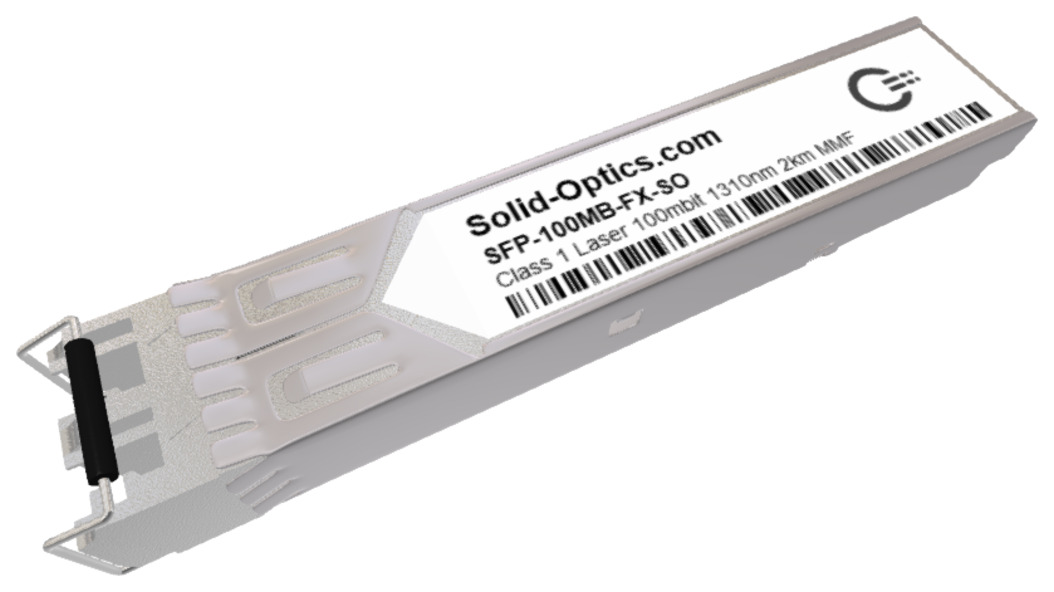
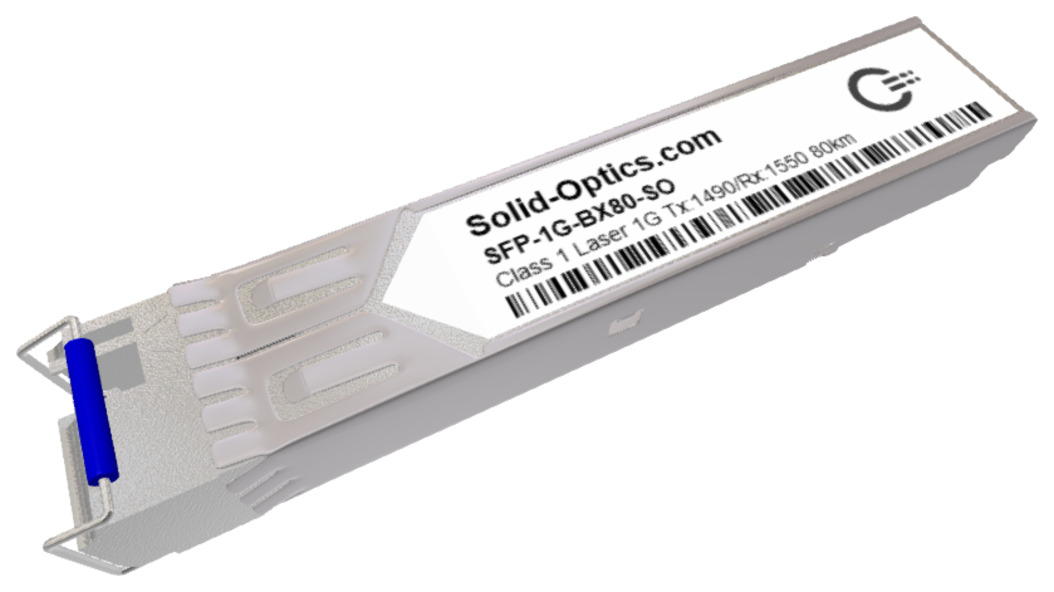
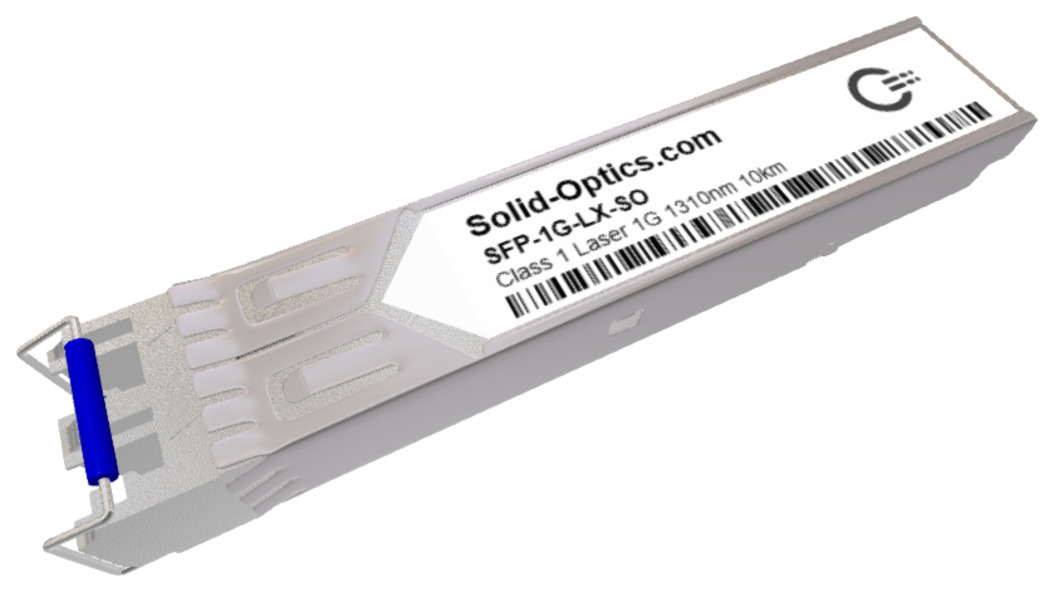
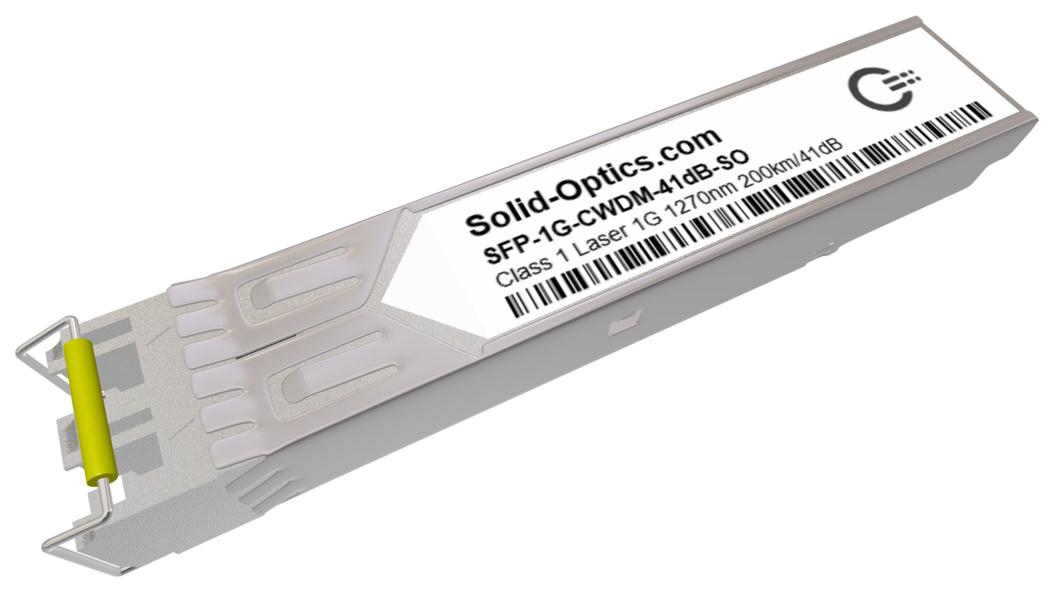
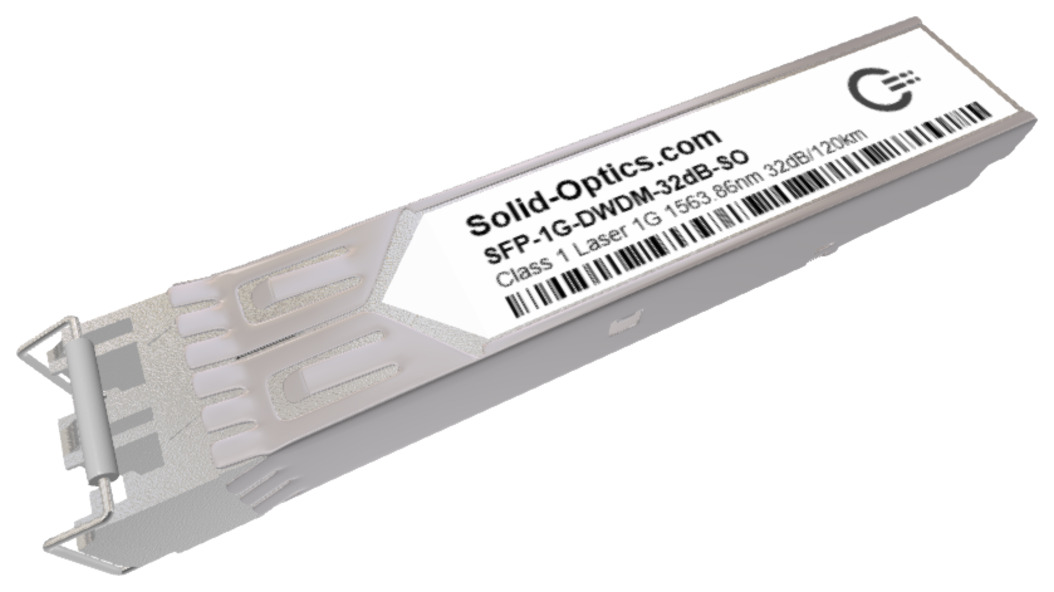

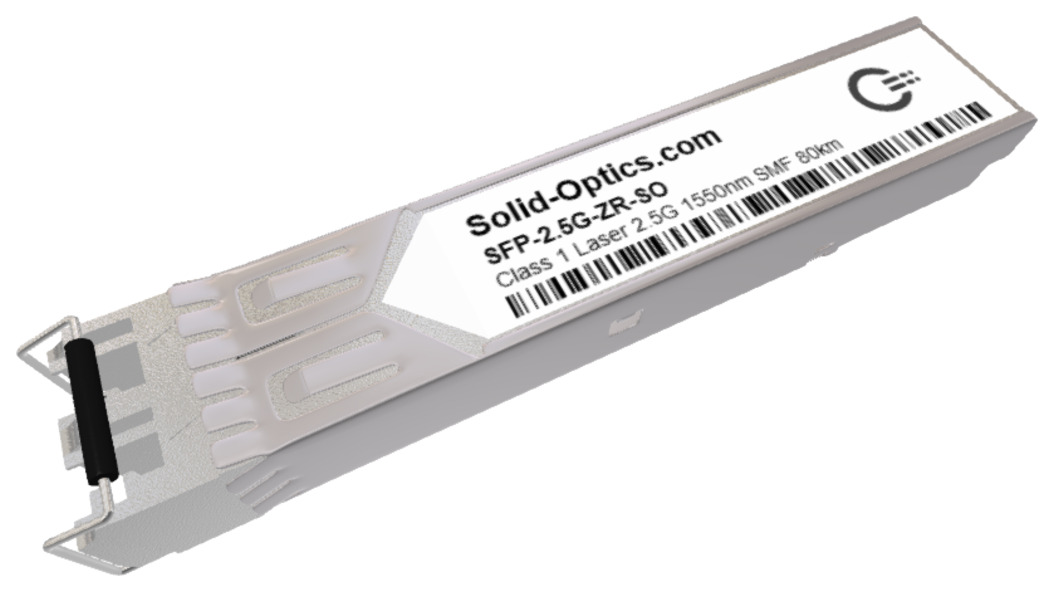
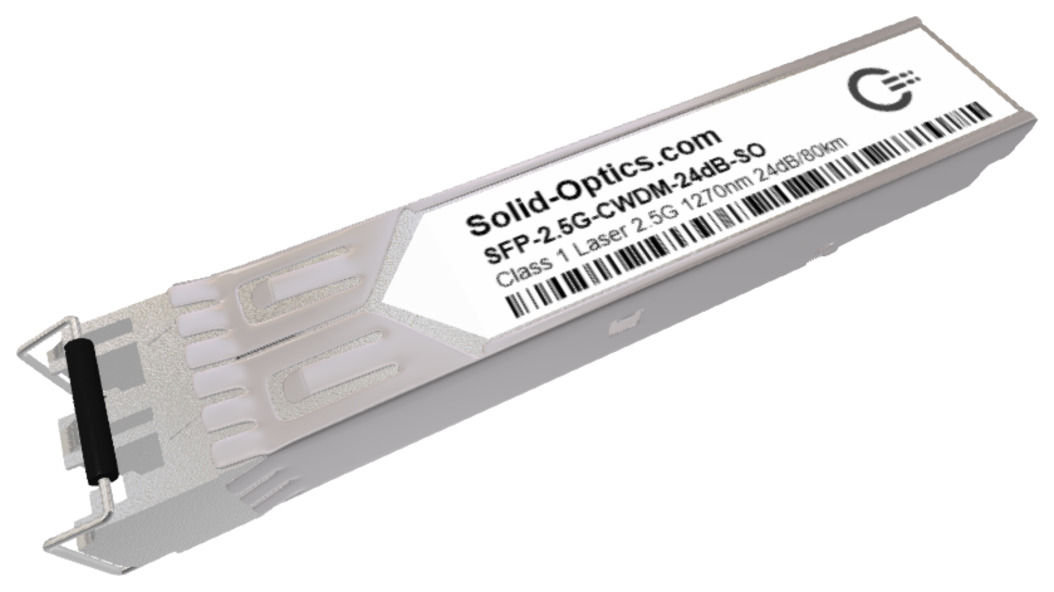
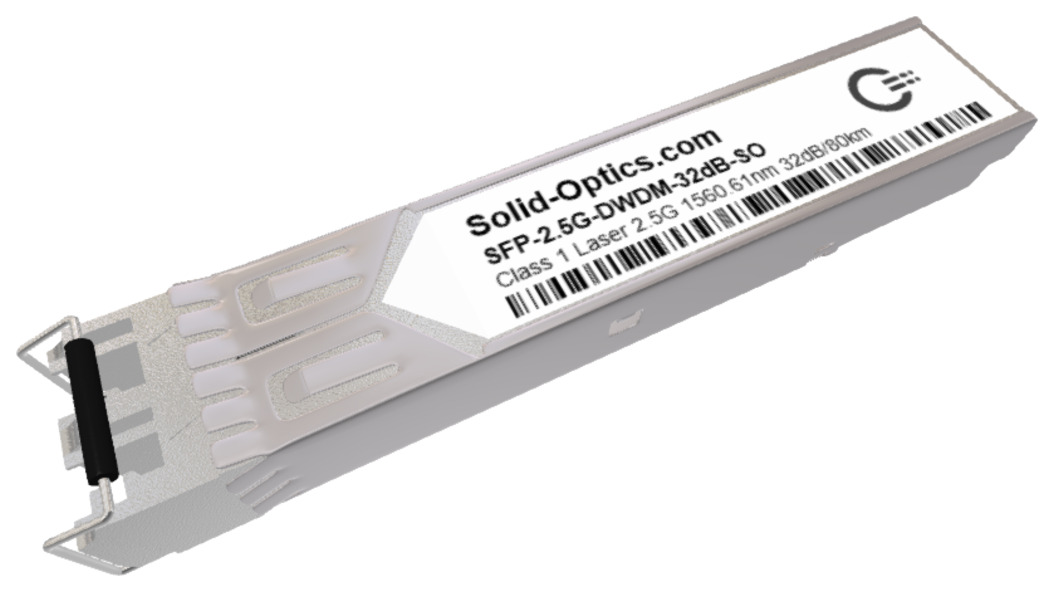
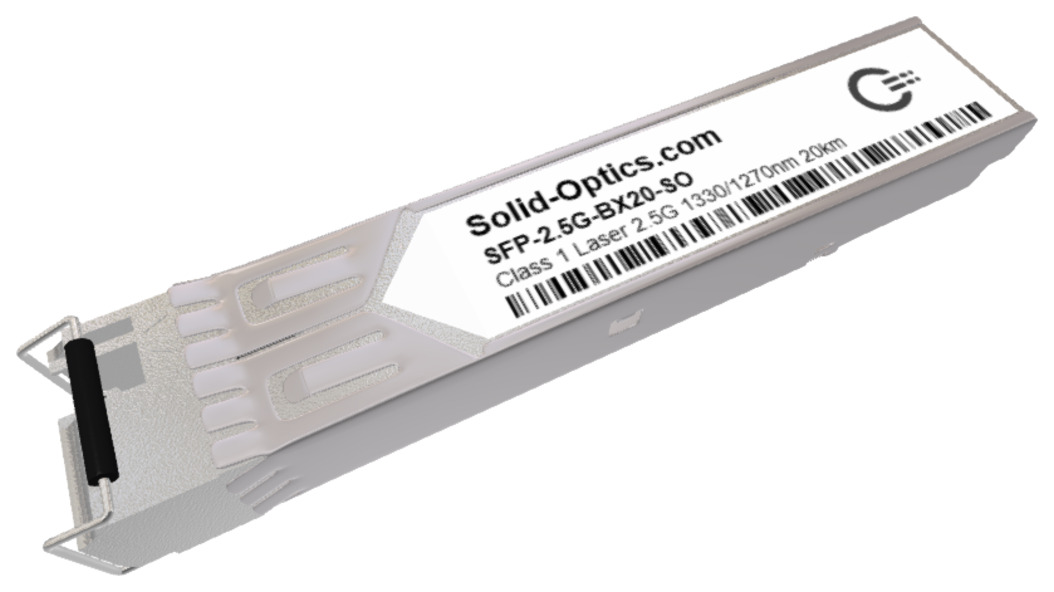
![__[viewname] – 2020-10-05T152807.471](https://www.solid-optics.com/wp-content/uploads/viewname-2020-10-05T152807.471-150x84.png)
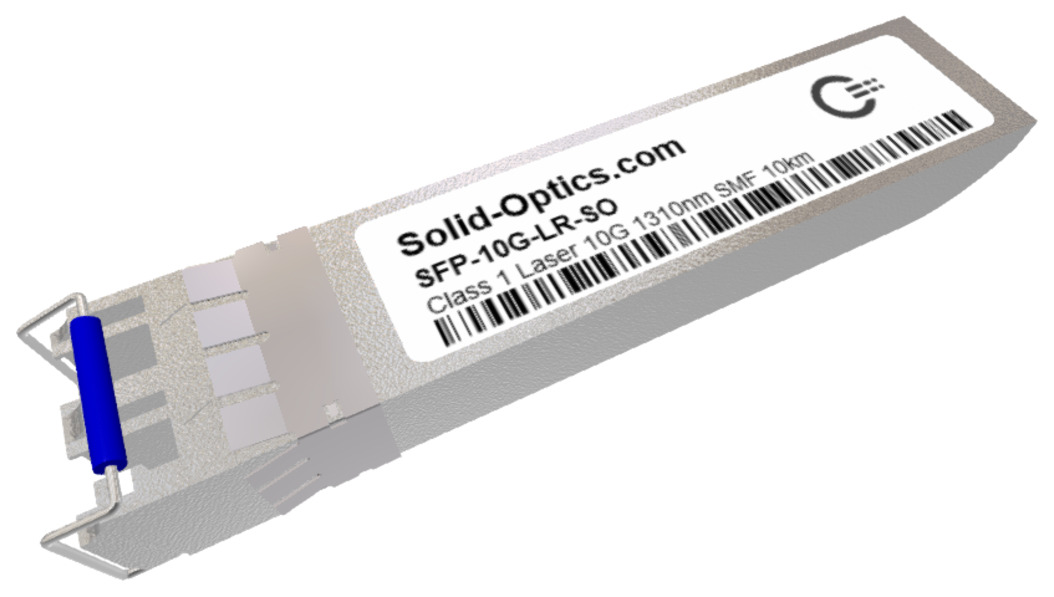
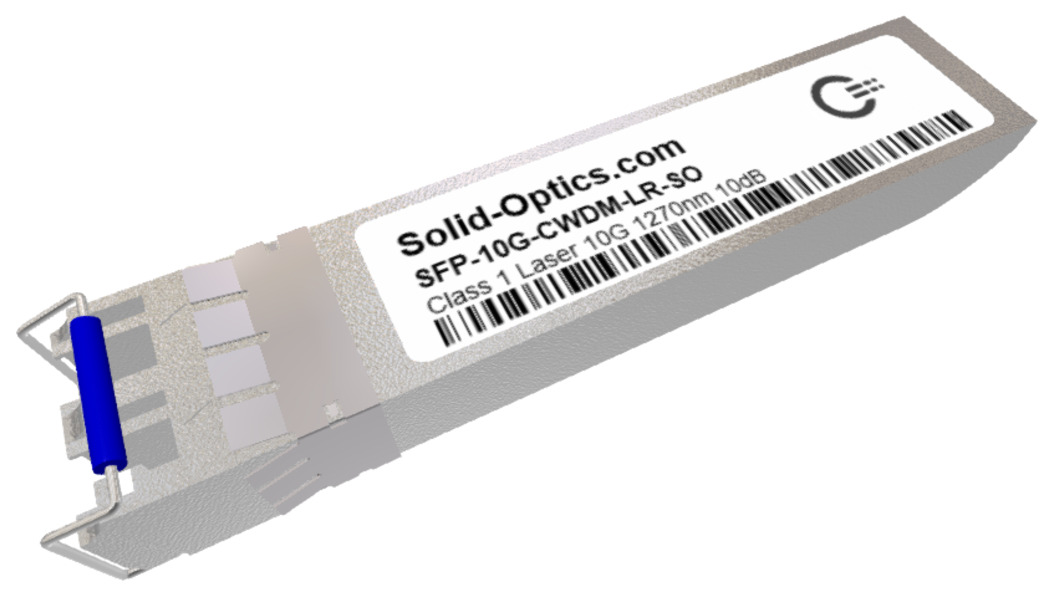
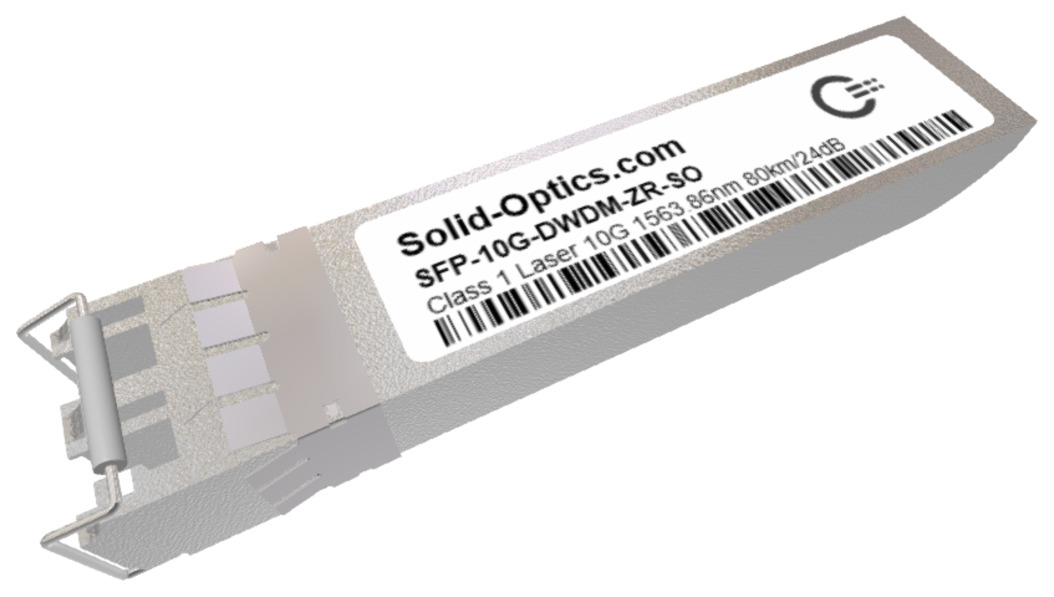
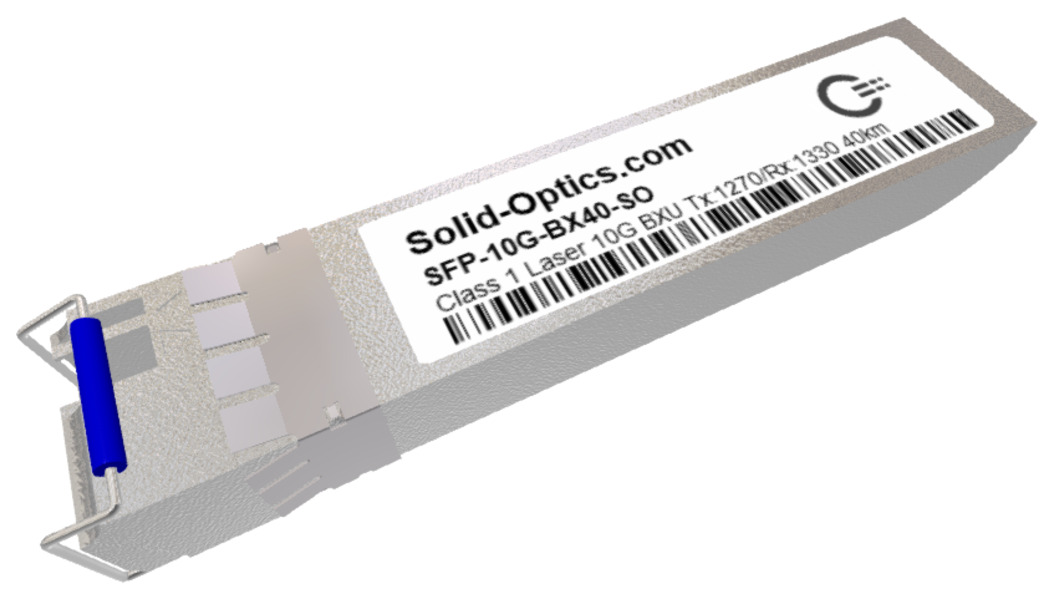
![__[viewname] – 2020-10-05T152807.471](https://www.solid-optics.com/wp-content/uploads/viewname-2020-10-05T152807.471-1-150x84.png)
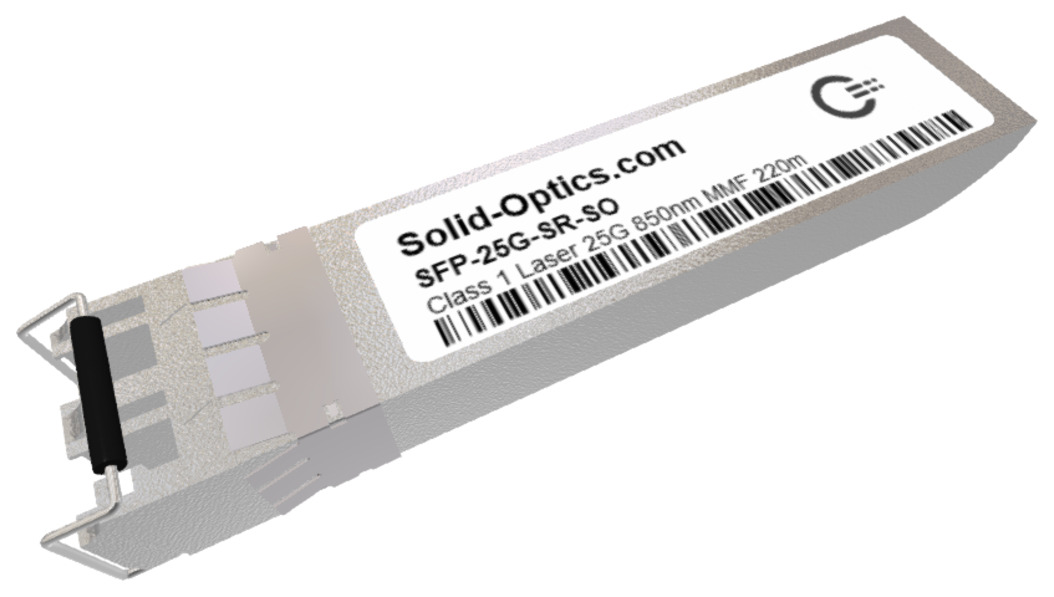
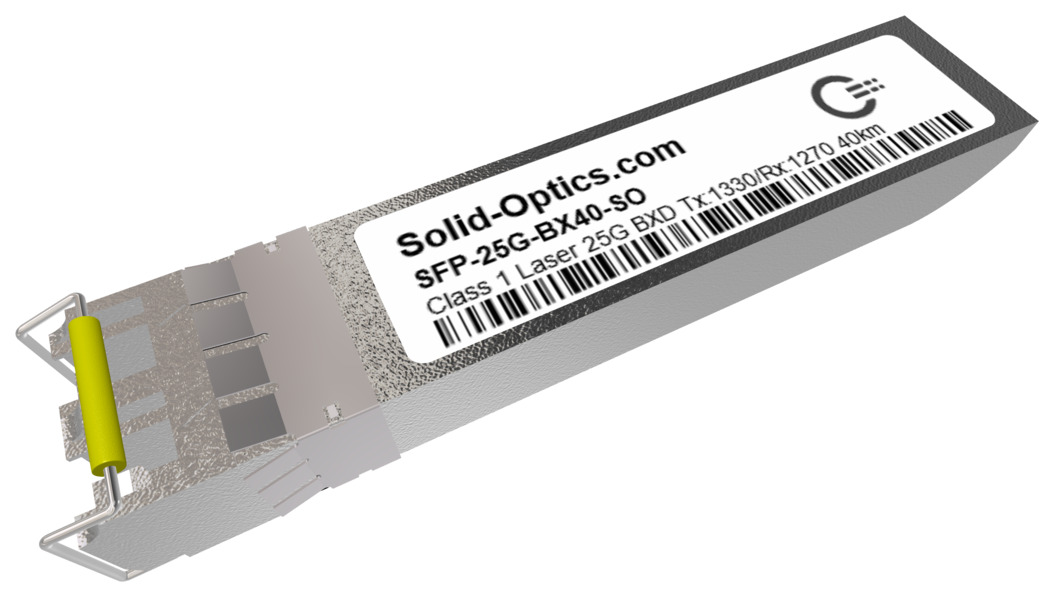


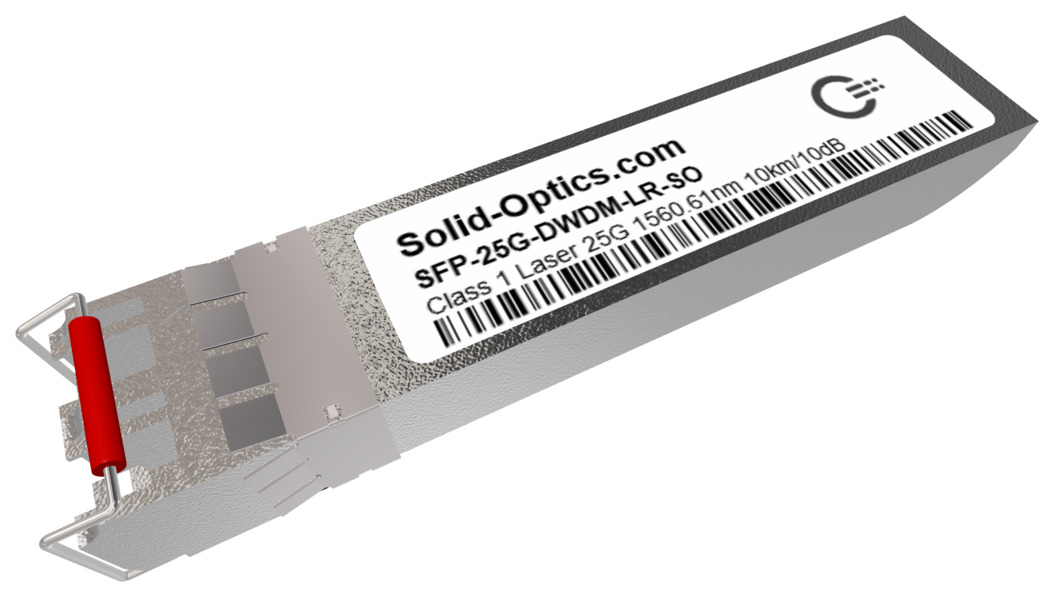
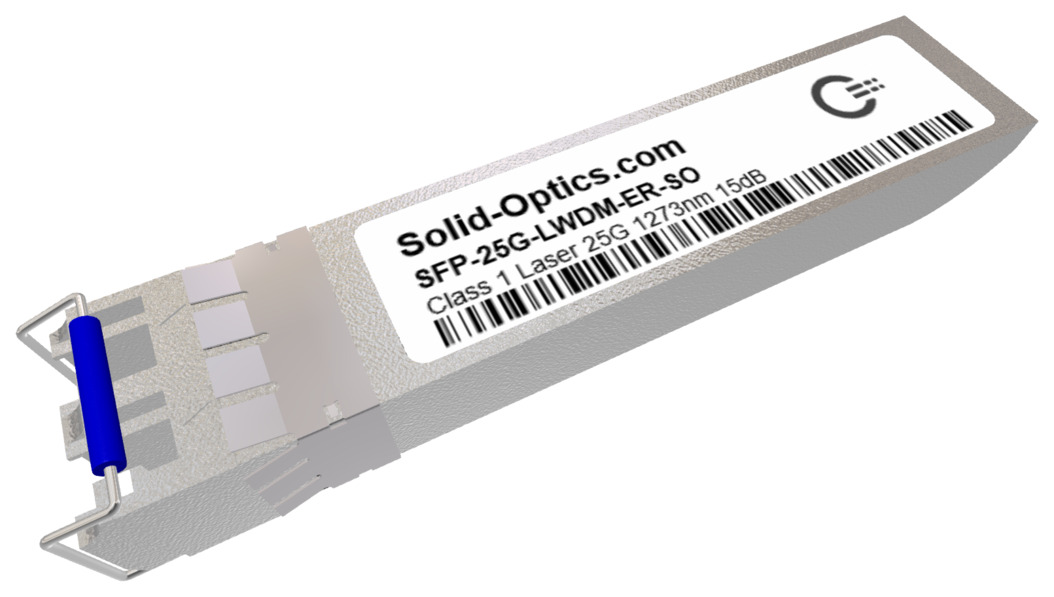

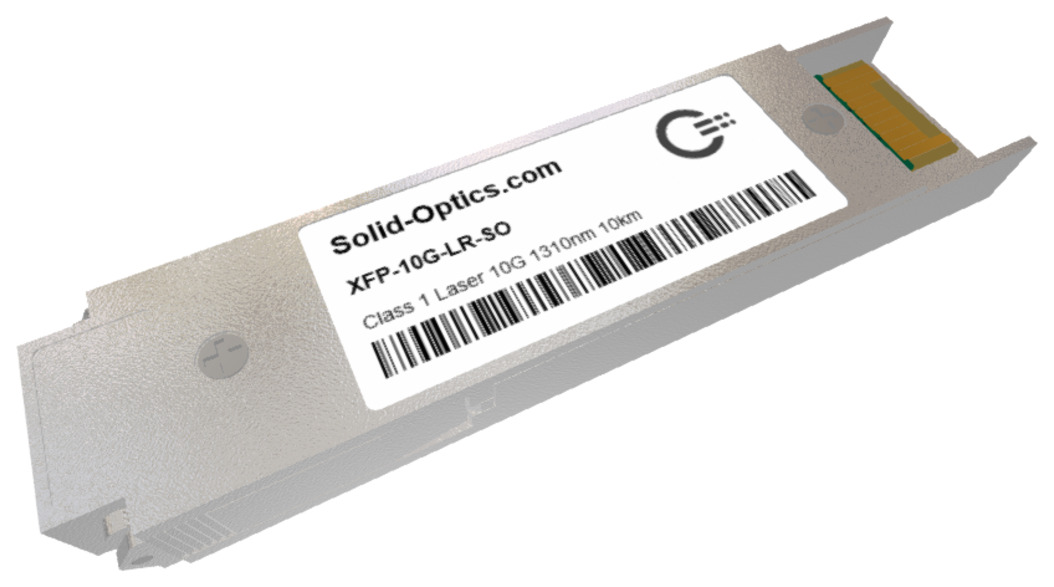
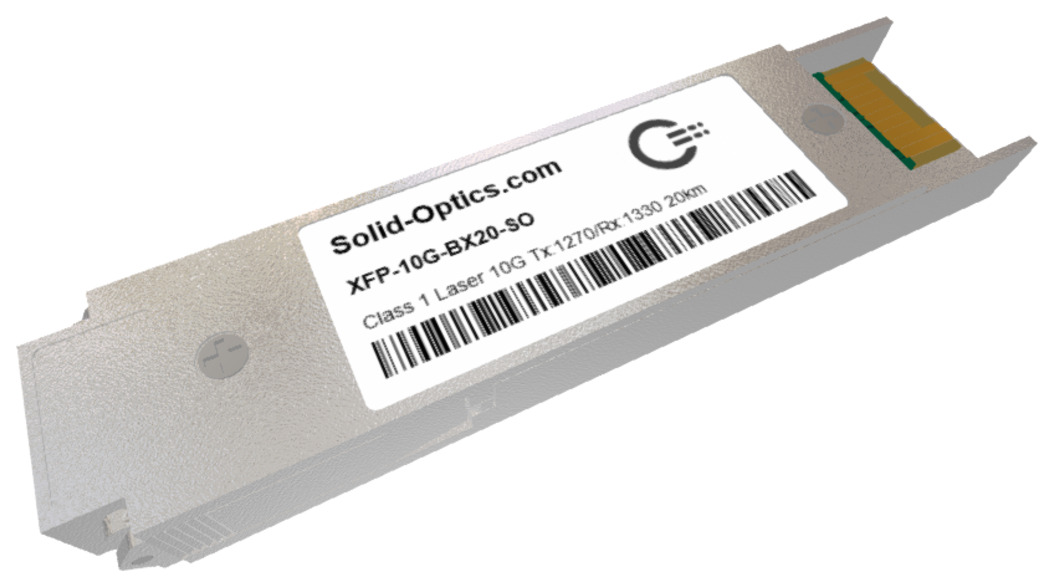
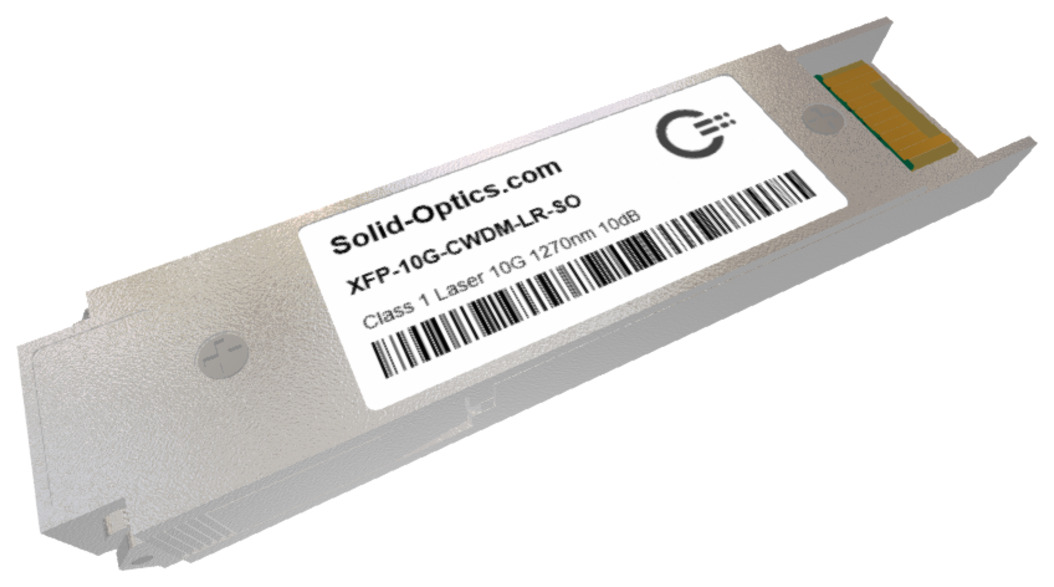
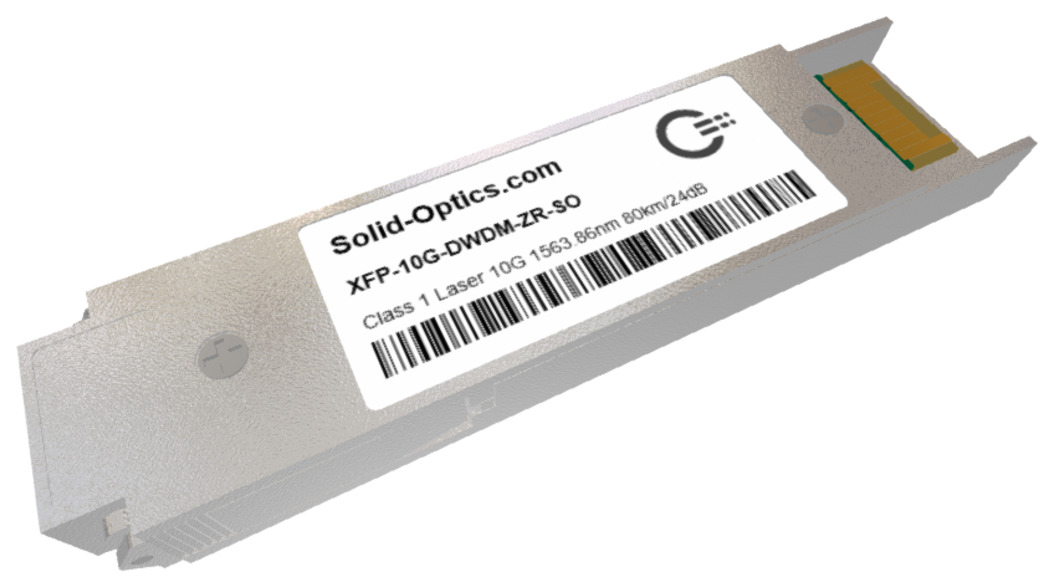
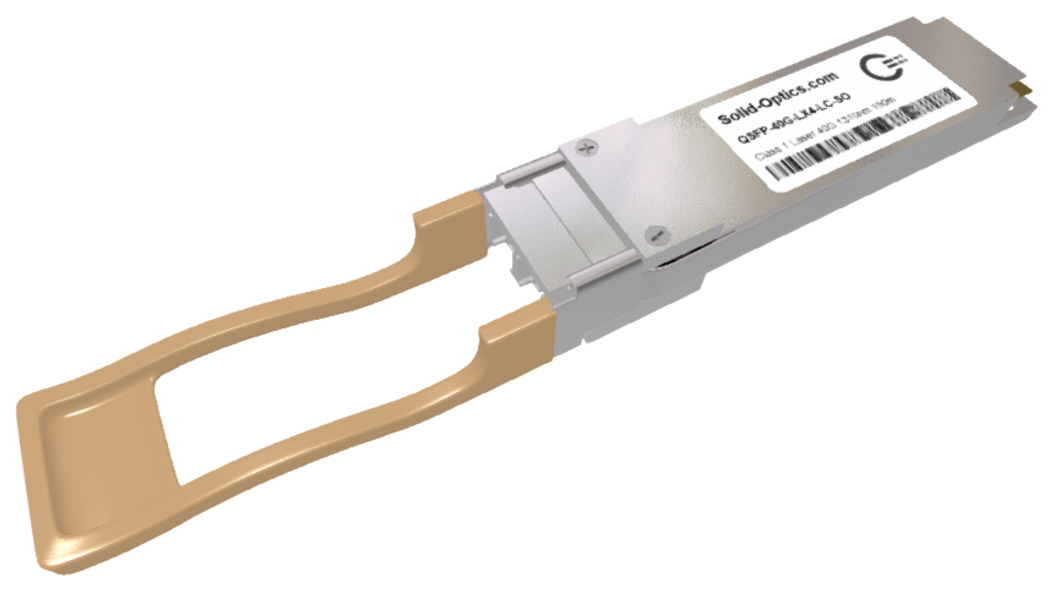
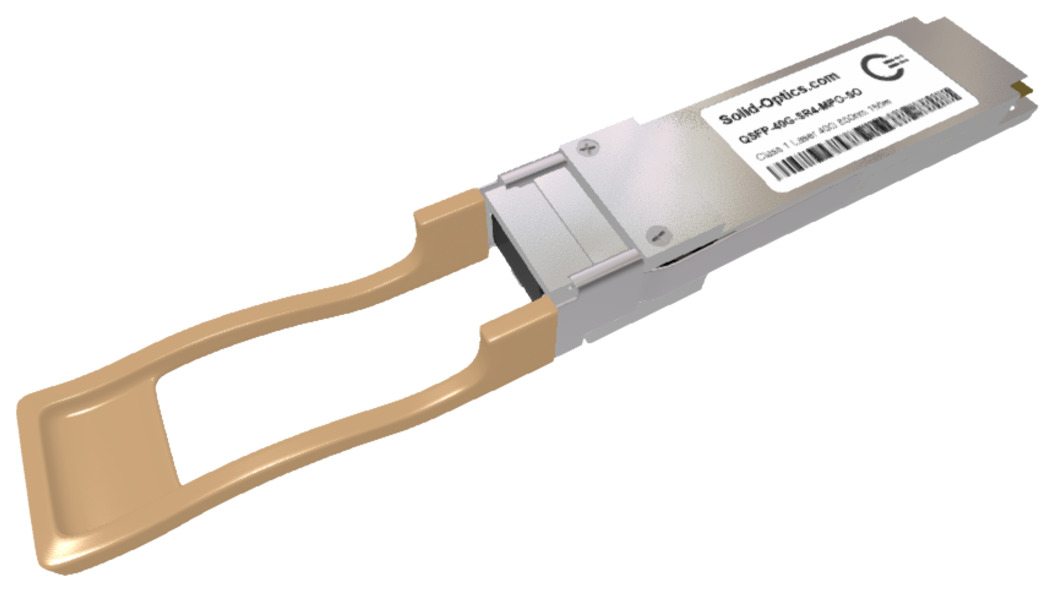
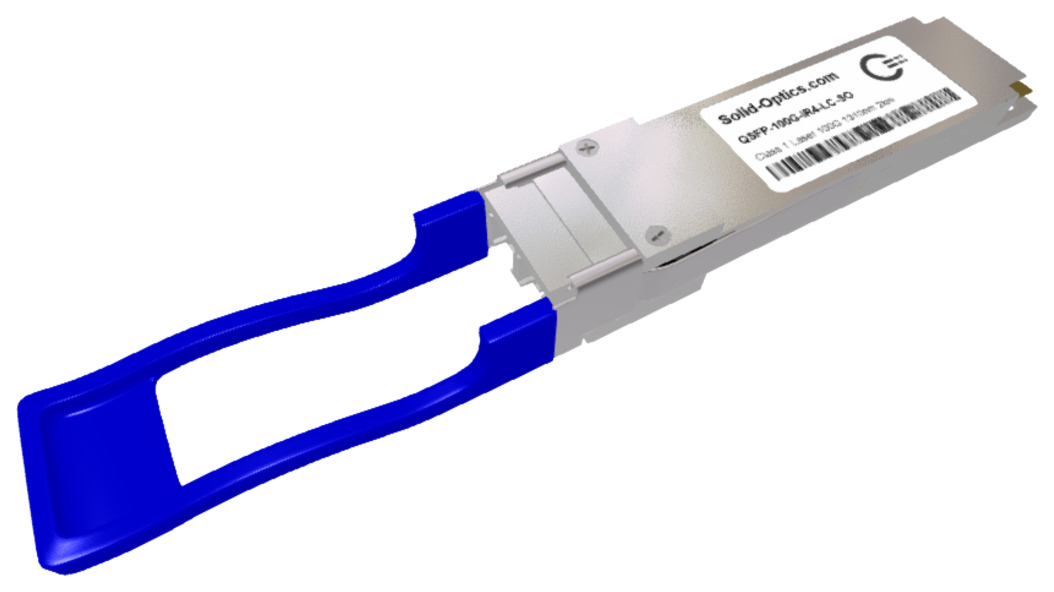


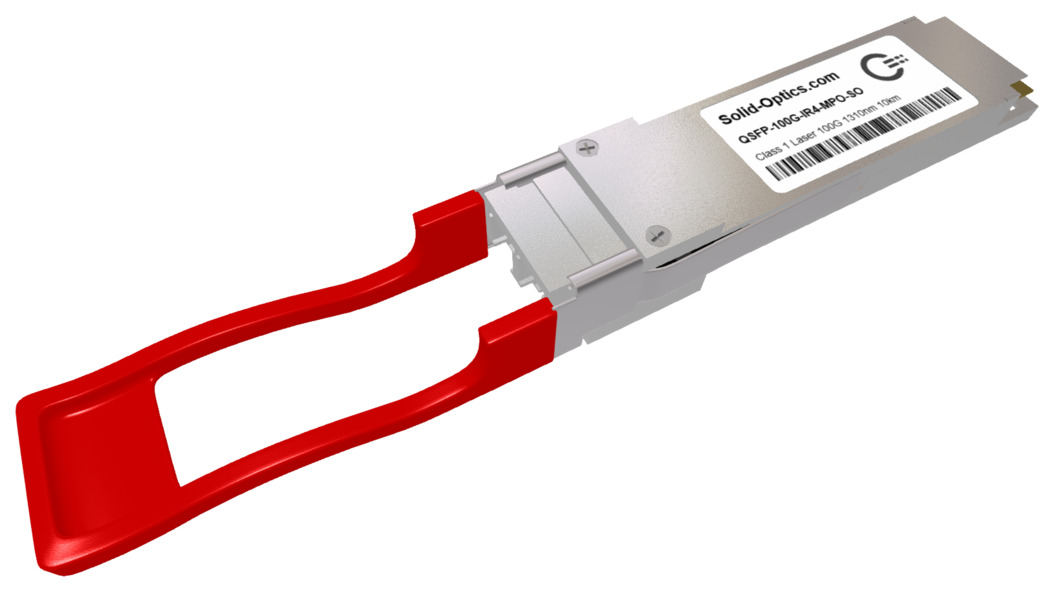


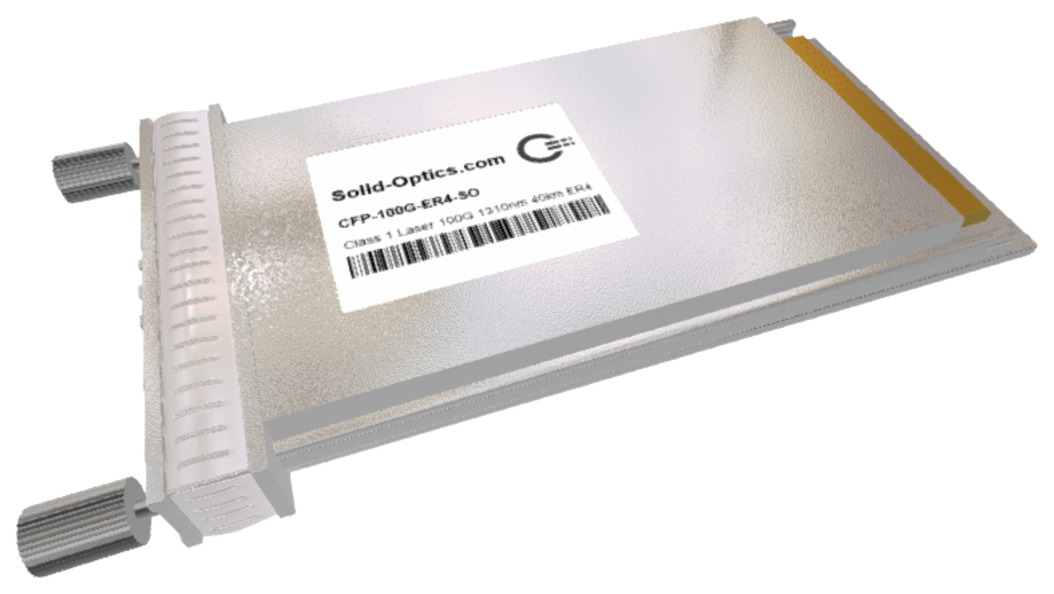
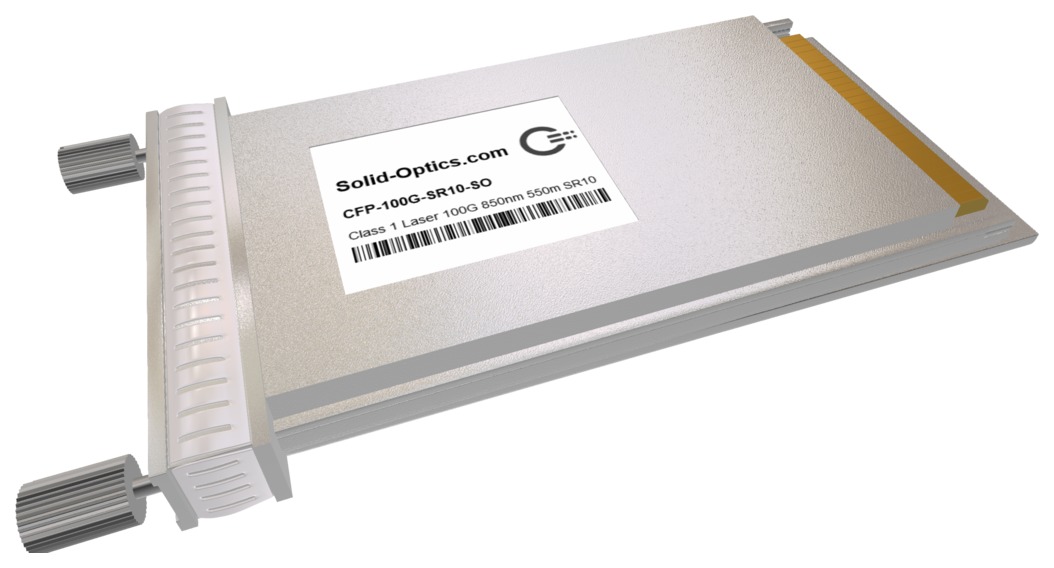
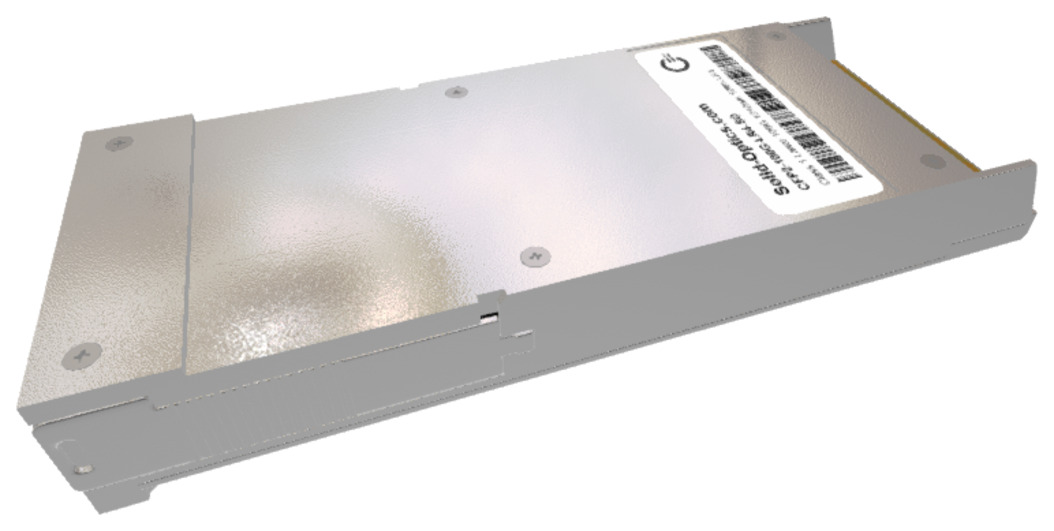
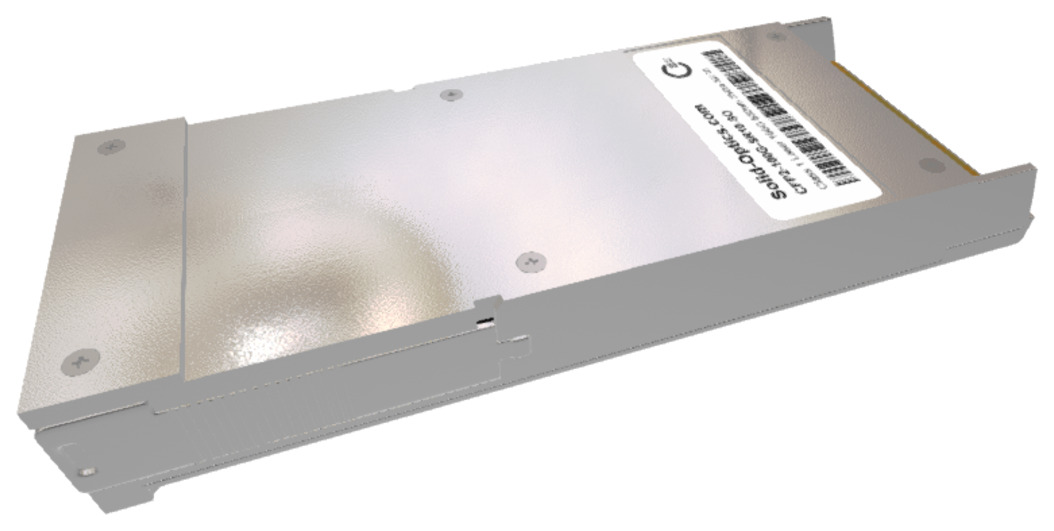
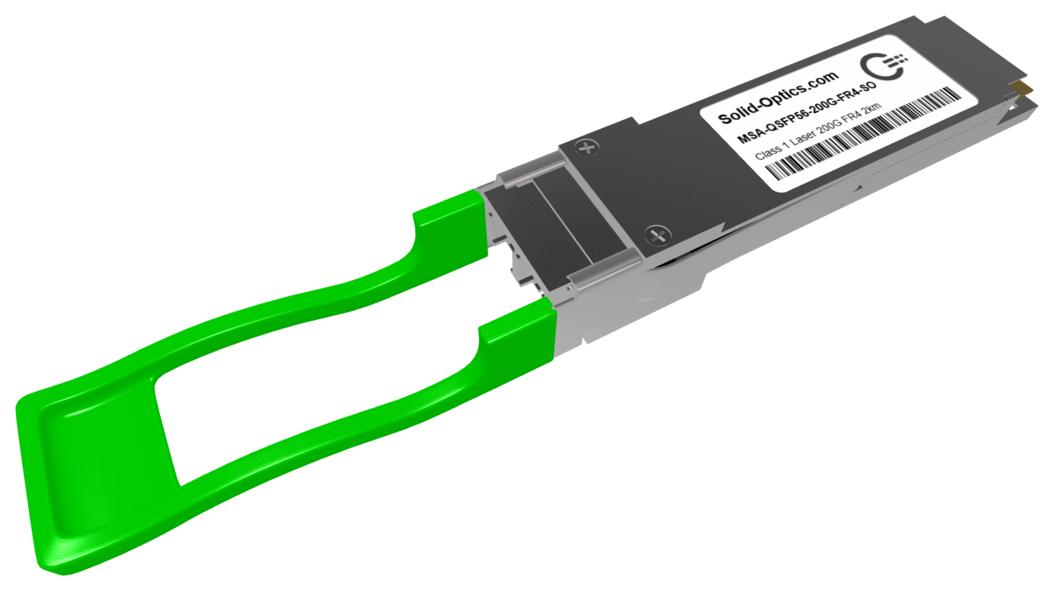





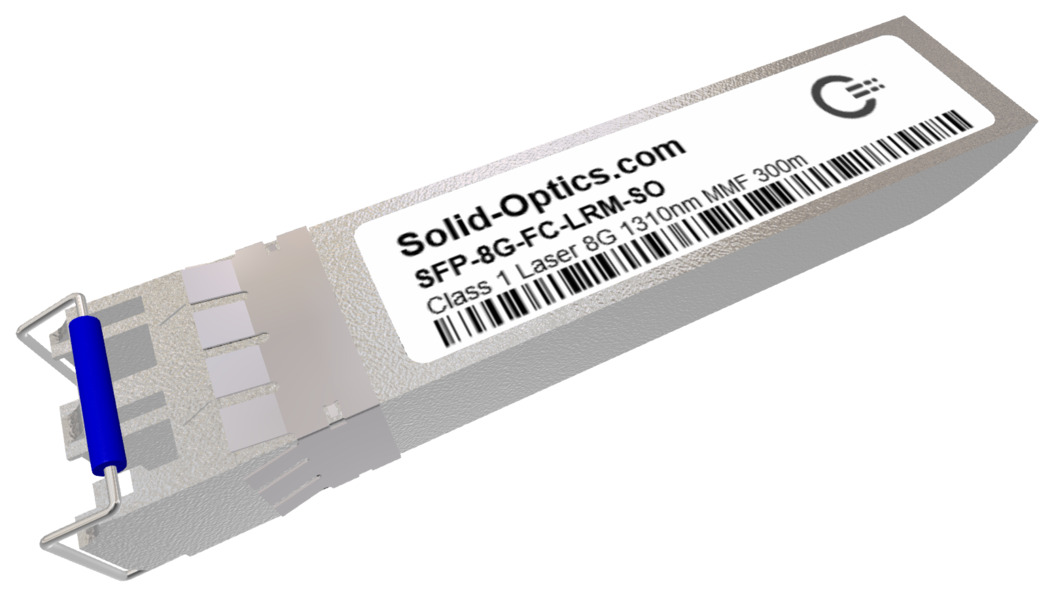
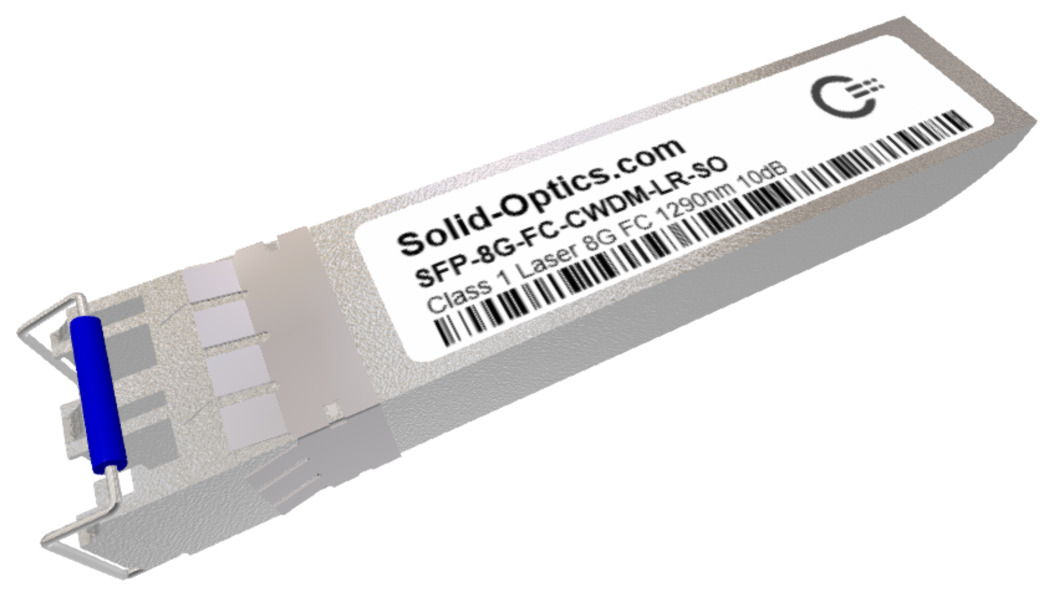
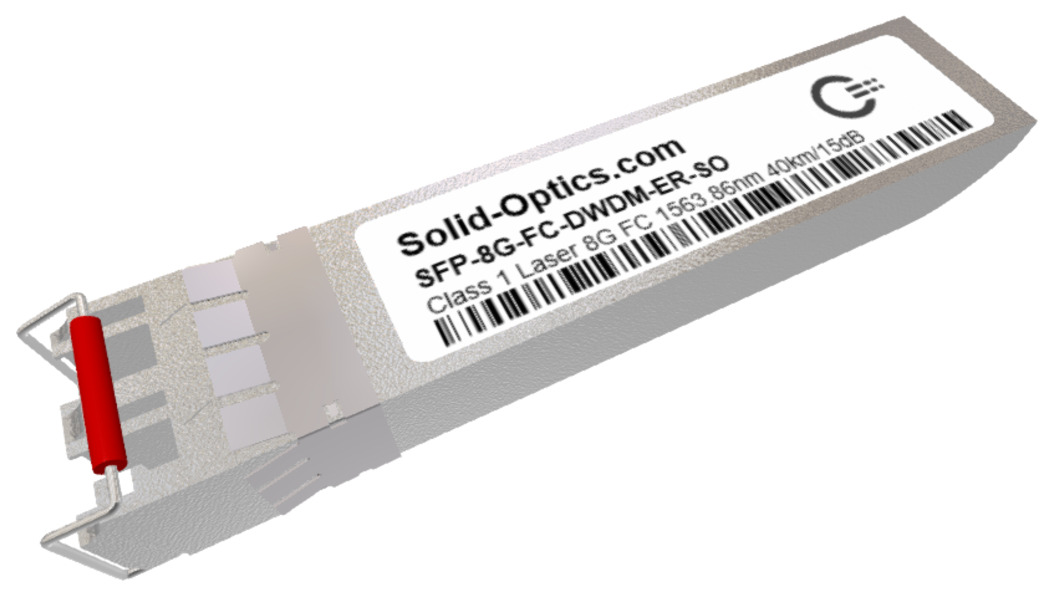
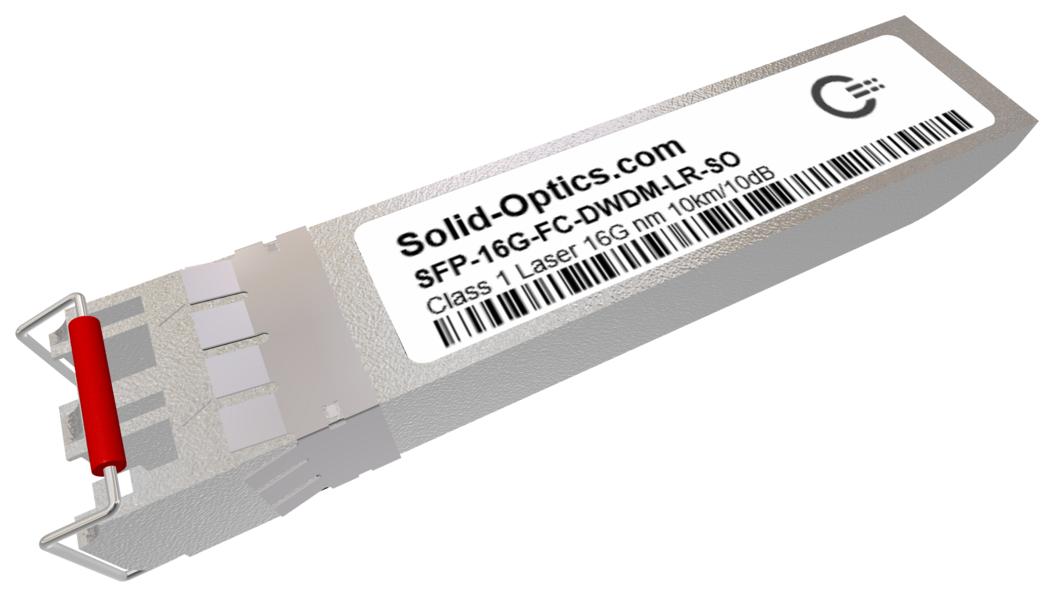
![__[viewname] – 2020-08-17T142046.990](https://www.solid-optics.com/wp-content/uploads/viewname-2020-08-17T142046.990-150x84.png)


